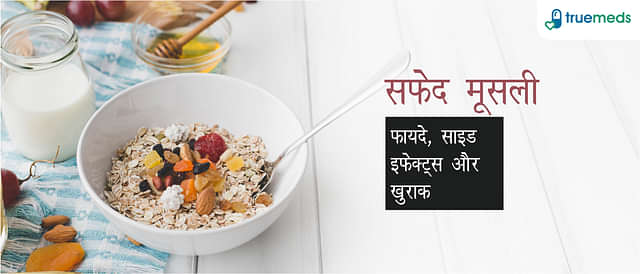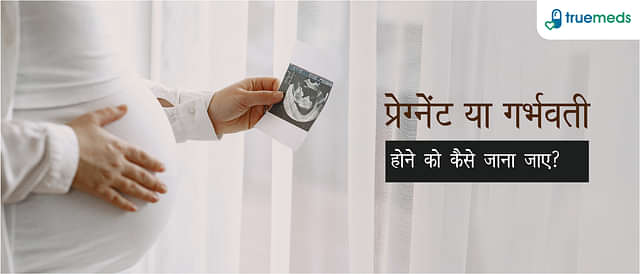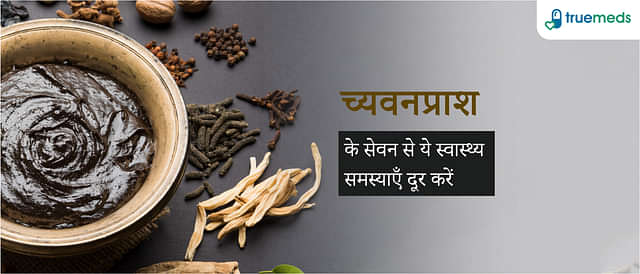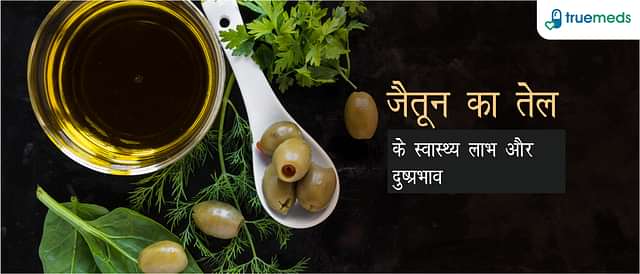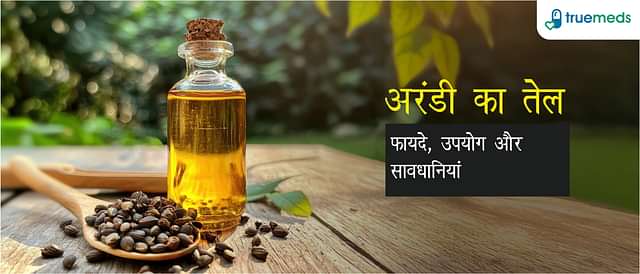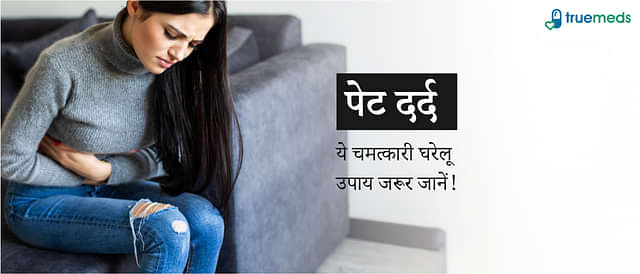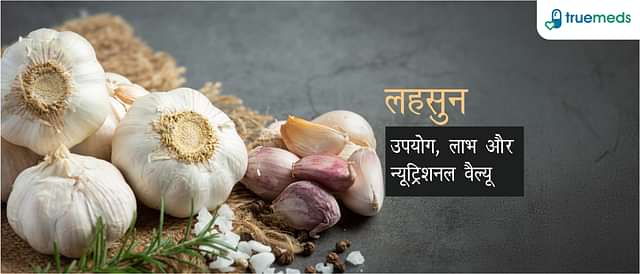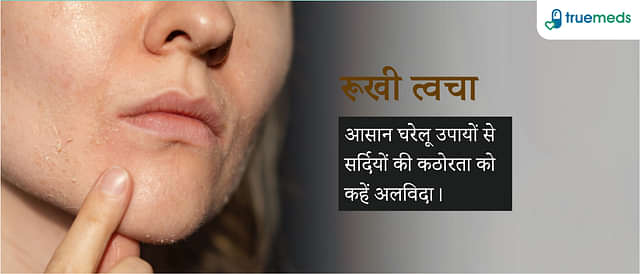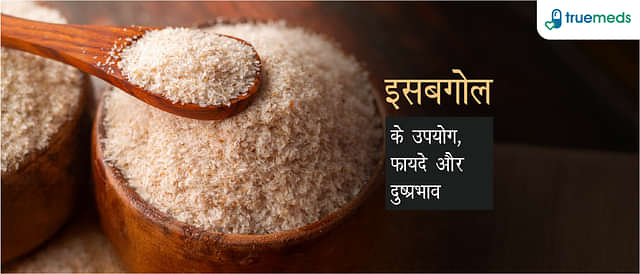Varicose veins: overview, causes, symptoms, prevention, and treatment
Last updated on : 16 May, 2024
Read time : 6 min
Varicose veins definition
Varicose veins are veins that are twisted and swollen. It can affect any superficial vein in your body, but the legs are the most commonly affected. This is because standing and walking upright puts a greater strain on the veins in your lower body.
Varicose veins and spider veins, a typical, minor version of these veins, are cosmetic problems for many people. For some people, varicose veins are painful and unsettling. It can cause serious problems in certain people.
Self-care or medical procedures to seal or eliminate veins may be used as part of your treatment.
Varicose veins symptoms
Varicose veins don’t hurt. It can be identified by:
- Dark purple or blue-coloured veins
- Twisted and bulging veins that resemble wires on your legs
The following are examples of painful indications of varicose veins symptoms that may occur:
- Legs that hurt or feel heavy
- Your lower legs are burning, aching, cramping, and swollen.
- Pain that gets worse after a long period of sitting or standing.
- One or more of your veins are itching.
Around a varicose vein, the skin becomes discoloured.
Spider veins are smaller versions of varicose veins. Spider veins are red or blue veins that run closer to the surface of the skin.
It can be present on the legs as well as the face. They come in a variety of sizes and resemble a spider’s web in appearance these are the varicose veins symptoms.
Varicose veins causes
Damaged or weak valves are the cause of varicose veins. Arteries transport blood from your heart to your tissues, whereas veins return blood from the rest of your body to your heart, allowing blood to be recirculated. Veins in your legs must battle against gravity to return blood to your heart.
Lower-leg muscle contractions operate as pumps, and elastomeric vein walls aid blood flow back to the heart. As blood rushes toward your heart, tiny valves in your veins open and seal, preventing blood from going backwards. Blood can flow backwards and pool in veins if these valves are weak or broken, stretching or twisting the veins.
Varicose veins causes are that they aren’t working properly veins. Blood cannot travel backwards through veins because of one-way valves. When these valves fail, blood collects in the veins instead of flowing into the heart. The veins widen as a result. Legs are frequently affected. Because those veins are the furthest from your heart, gravity makes it difficult for blood to move upward.
Here are the varicose veins causes which have a variety of factors are including:
- pregnancy
- menopause
- over the age of 50
- long amounts of time standing
- obesity
- Varicose veins run in the family
Varicose veins treatment
It doesn’t have any specific treatment. There is a therapy that can help them look better and feel better:
- Elevation: You should lift your legs above your waist multiple times during the day to enhance blood flow and reduce venous pressure.
- Supportive stockings or socks: Compression stockings or socks relieve the discomfort by compressing the veins. Compression increases blood flow by preventing veins from stretching.
- A healthcare provider injects a solution into your vein during injection therapy (sclerotherapy). The solution clings to the vein walls. The vein eventually fades away and is replaced by scar tissue.
- Endovenous thermal ablation uses a catheter (a long, thin tube) and a laser to seal off a damaged vein in a minimally invasive treatment called endovenous thermal ablation.
- Vein surgery (also known as ligation and stripping) involves the surgeon tying off the diseased vein (ligation) to prevent blood from accumulating. To prevent it from recurring, the surgeon may remove (strip) the vein. These are all varicose veins treatment.
Essential oils for varicose veins
Plants like flowers, herbs, and trees produce essential oils. These oils are frequently used in complementary and alternative medicine. Because the amounts and instructions that come with essential oils are not regulated, a person should consult with a doctor before using them.
Some essential oils have been used for varicose veins treatment, such as leg swelling:
- Lavender essential oil
- Lavender essential oil
- Sea pine essential oil
- Grapevine essential oil
- Yarrow essential oil
Varicose veins prevention
Varicose veins are impossible to avoid entirely. Improved circulation and muscular tone, on the other hand, may lower your chance of acquiring or creating new ones. It can be prevented by taking the same steps you can take to relieve varicose veins’ discomfort at home, such as:
- Exercising
- Obesity management
- A low-salt, high-fibre diet is recommended.
- High heels and hosiery that are too tight should be avoided.
- Legs elevated
- Changing your sitting or standing position regularly is a good habit to get into.
Home remedies for varicose veins
1. Exercise
Regular exercise improves leg blood circulation, which helps to push blood through the veins. Exercise can also assist to lower blood pressure, which is linked to swelling.
Low-impact exercises get the calf muscles to function without putting them under too much stress. Exercises that are both effective and low-impact are:
- swimming
- walking
- cycling
- yoga
2. Compression stockings
Most pharmacies carry compression stockings, which exert pressure on the legs and can aid. This makes it easier for muscles and veins to transport blood to the heart.
People who used knee-high compression stockings with a pressure of 18 to 21 mmHg for one week experienced less pain and hurting from swelling. Compression stockings are available at pharmacies and online.
3. Plant extracts
In persons with chronic venous insufficiency, which is a significant cause of varicose veins, Aesculus hippocastanum L. may assist to relieve leg pain, heaviness, and itching. Aesculus hippocastanum L. is sold at health food stores and via the internet.
Sea pine extract, Pinus Maritima, and Butcher’s broom extract, Ruscus aculeatus, both reduce leg swelling, or oedema, which is typically associated with varicose veins. Ruscus aculeatus is sold at health food stores and via the internet.
Before using plant extracts or essential oils directly or in a diffuser for aromatherapy, dilute them with carrier oils.
4. Dietary changes
Cutting back on salty or sodium-rich foods can help to reduce water retention. Potassium-rich foods can aid in water loss.
High-potassium foods include the following:
- pistachio nuts and almonds
- White beans and lentils
- potatoes
- cruciferous plants
- Salmon and tuna, for example, are two types of fish.
Fibre-rich foods help avoid constipation by keeping the bowels moving. Straining can aggravate or worsen damaged valves, thus this could be essential.
High-fibre foods include the following:
- Nuts, seeds, and legumes are some of the most nutritious foods on the planet.
- oats, wheat, and flaxseed are some of the foods that are high in omega-3 fatty acids.
- meals made up entirely of grains
Obese people are more likely to develop varicose veins, therefore losing weight can help relieve the pressure on the veins, as well as minimize swelling and discomfort.
5. Massage
Gently massaging the affected areas can aid in the circulation of blood. Gentle massage oils or moisturizers can be used to achieve the best results.
However, pressing directly on the veins should be avoided at all costs, since this might cause harm to the delicate tissues.
Buy medicines online through Truemeds at the best price and discounts. For all the latest coupons and offers on the medicines, follow us on Instagram and Facebook.
Disclaimer
Our healthcare experts have carefully reviewed and compiled the information presented here to ensure accuracy and trustworthiness. It is important to note that this information serves as a general overview of the topic and is for informational purposes only. It is not intended to diagnose, prevent, or cure any health problem. This page does not establish a doctor-patient relationship, nor does it replace the advice or consultation of a registered medical practitioner. We recommend seeking guidance from your registered medical practitioner for any questions or concerns regarding your medical condition.
Popular Articles
Recommended Articles
Recent Articles
Top-Selling Medicines:
...View more
Top-Selling OTC:
...View more
Subscribe
Registered Office Address
Grievance Officer
Download Truemeds

Contact Us
Our customer representative team is available 7 days a week from 9 am - 9 pm.
v3.7.5
Our Payment Partners












































